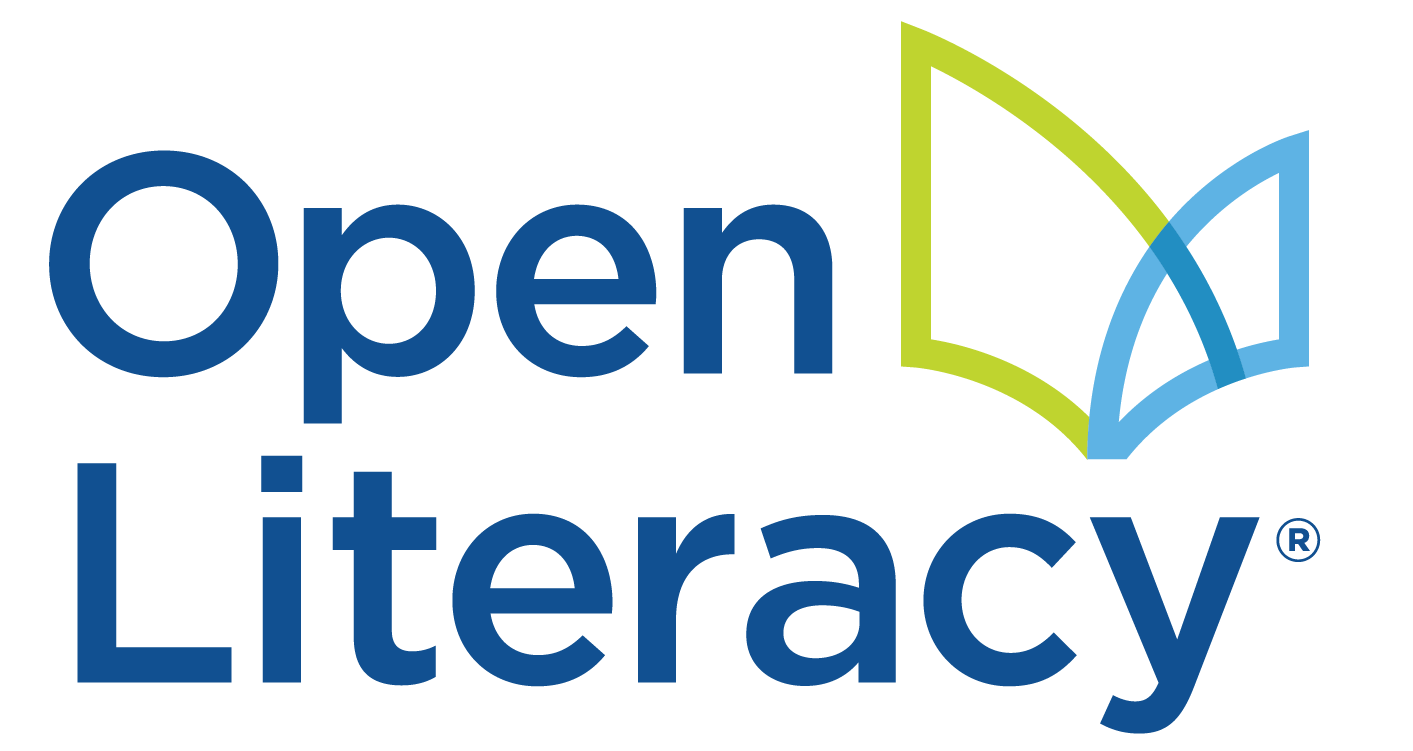Reading Comprehension is an Active Process
Do your students get to the end of the page and have no idea what they just read?
Maybe they aren’t viewing the reading process as an active one. We can support readers to build their reading comprehension muscle with some simple annotation skills.
Reading comprehension is active not passive
Students with strong reading comprehension skills typically view the process of understanding texts as an active process. That is, when reading a text of any kind, a reader with strong comprehension skills is constantly working to construct their understanding of text by
actively asking questions
making inferences
connecting information
This matches how reading comprehension is defined by literacy scholars, who define reading comprehension as an active process in which the reader simultaneously extracts and constructs meaning from the text using cognitive processes such as inference, attention, and reasoning.
By contrast, readers who struggle to comprehend texts might interact with a text in a somewhat passive way – simply reading through the words on the page without any expectation that they should understand and make meaning from those words in some coherent way. Sound like some readers you know?
As teachers, parents, or tutors, we can support students in developing the viewpoint that comprehending text is an active process and one that they are in control of. One way to do this is by having readers annotate the texts they are reading.
Annotation: Keep it simple
Annotating text is a simple and effective way to keep readers engaged in close reading. Importantly, we must keep text annotation simple – making it too complex can distract students from actually making meaning! I’ve suggested four simple markings readers can use to annotate texts as they read. This is one way to develop students’ reading comprehension muscles.
Never miss a post!
Follow us on Instagram and Facebook
Have a literacy question you’d like answered? EMAIL US
Return to BLOG HOME
